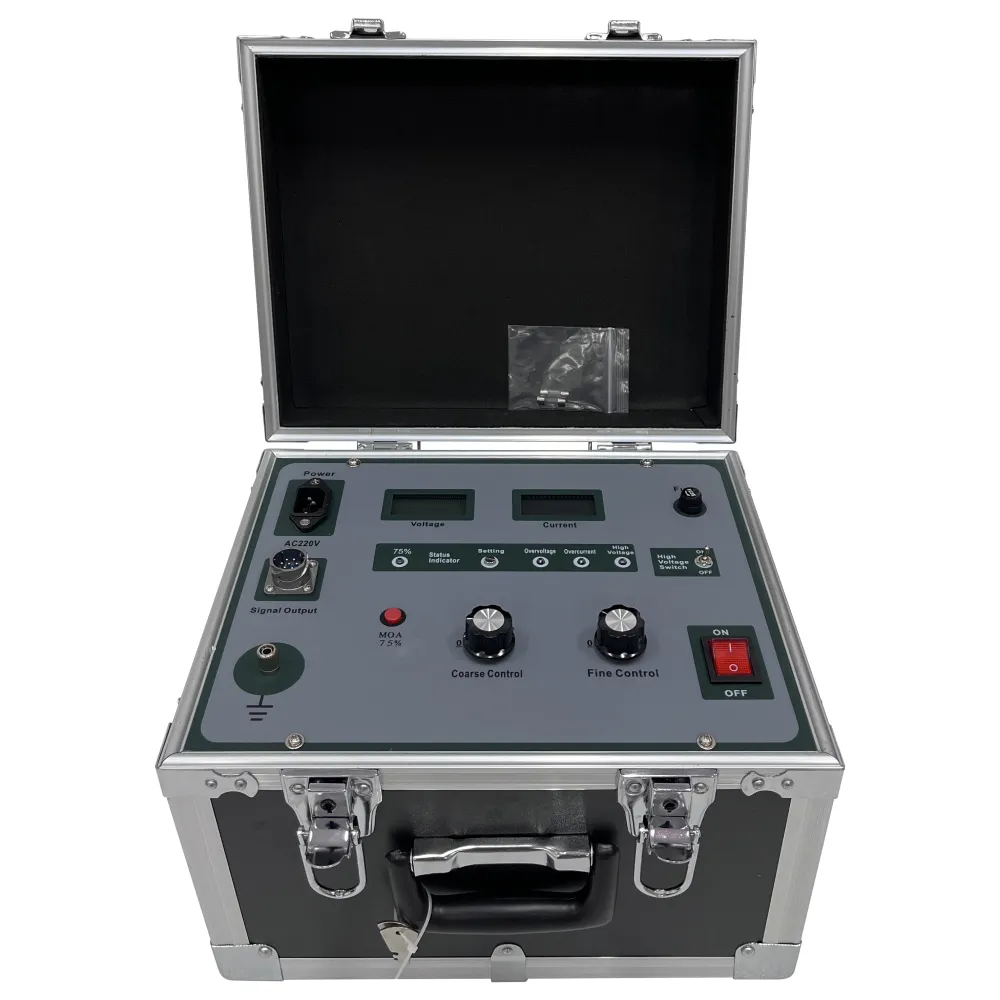 English
English


dielectric loss tangent
Dielectric loss tangent, often represented as tan δ, is an important parameter in the study of dielectric materials, particularly in the fields of electrical engineering, materials science, and telecommunications. It quantifies the energy loss that occurs in a dielectric material when it is subjected to an alternating electric field. Understanding dielectric loss tangent is crucial for designing materials and devices that require minimal energy dissipation.
The dielectric loss tangent is defined as the ratio of the energy lost in the dielectric material to the energy stored in the material. More specifically, it is the tangent of the phase angle (δ) between the applied electric field and the resultant electric displacement. In simpler terms, it reveals how effectively a material can store electrical energy versus how much energy is lost as heat due to molecular friction and other factors.
Materials with a low dielectric loss tangent are ideal for high-frequency applications, such as in capacitors, insulators, and microwave components
. For instance, advanced ceramics or polymers with a low tan δ are extensively used in the design of capacitors for radio frequency (RF) circuits, where energy efficiency is a primary concern. On the other hand, materials with a high dielectric loss tangent may be better suited for applications where energy dissipation is acceptable or even desirable, such as in heat-generating components.dielectric loss tangent

The frequency dependence of dielectric loss tangent is another critical factor. Most dielectric materials exhibit changes in dielectric properties with increasing frequency, typically showing an increase in loss tangent. This behavior can be attributed to factors such as dipolar polarization and conduction losses, making it essential to consider the operating frequency when selecting materials for a specific application.
Moreover, dielectric loss tangent can also be affected by temperature and humidity. As temperature increases, molecular motion becomes more pronounced, which can enhance energy loss and subsequently increase tan δ. Likewise, moisture absorption in certain materials can lead to increased conductivity, further raising the loss tangent.
In conclusion, dielectric loss tangent is a key metric that influences the performance of dielectric materials in various applications. By understanding and managing the factors that affect tan δ, engineers and scientists can develop better materials and devices that optimize energy efficiency and performance. Its significance spans numerous technologies, from consumer electronics to telecommunications, highlighting the need for continued research and innovation in dielectric materials.
-
Differences between open cup flash point tester and closed cup flash point testerNewsOct.31,2024
-
The Reliable Load Tap ChangerNewsOct.23,2024
-
The Essential Guide to Hipot TestersNewsOct.23,2024
-
The Digital Insulation TesterNewsOct.23,2024
-
The Best Earth Loop Impedance Tester for SaleNewsOct.23,2024
-
Tan Delta Tester--The Essential Tool for Electrical Insulation TestingNewsOct.23,2024





